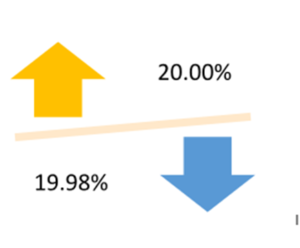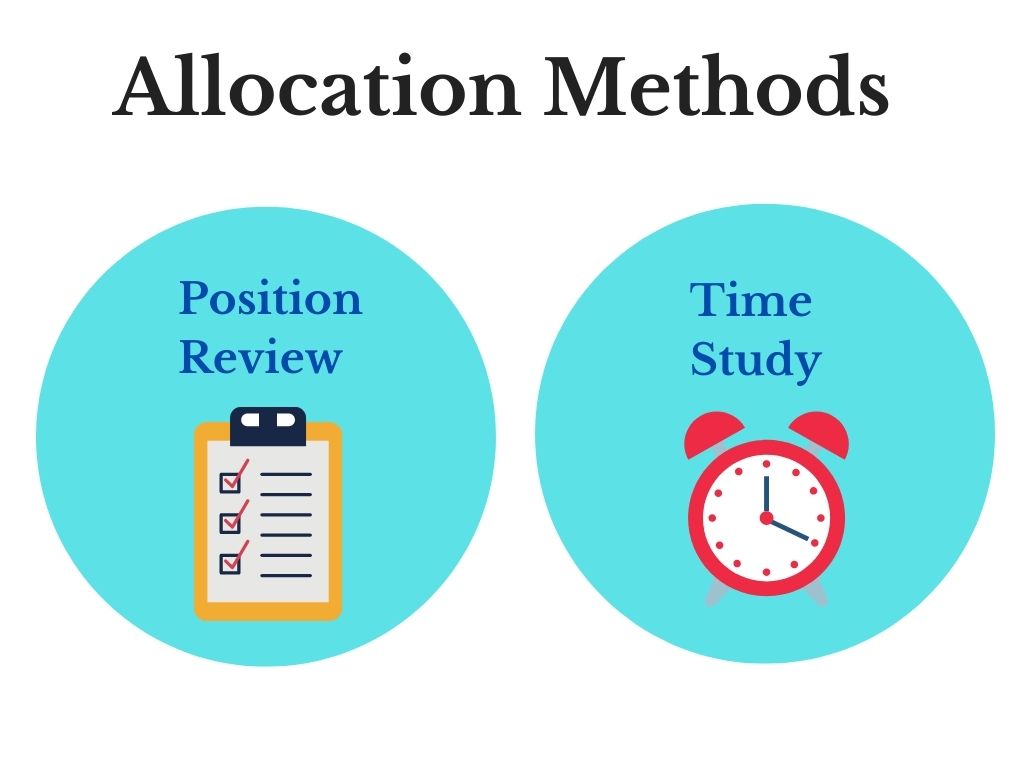Archives: Lessons
It’s All About Nutrition: Nutrition Needs for the Elderly
It’s All About Nutrition: Seniors and Malnutrition
It’s All About Nutrition: Preventing Chronic Conditions
It’s All About Nutrition: An Introduction
The following five lessons will engage you in a full scope of topics about nutrition and the vital role it plays in your work with seniors. Your nutrition programs must be focused on not only providing a meal to a vulnerable adult, but to understanding just how important different aspects of nutrition for the elderly really is. These lessons are an excellent primer for everyone involved in nutrition and particularly those who are working with seniors in any capacity in a senior nutrition program from home delivered to congregate dining to adult day.
The following are the five lessons in this course on It’s All About Nutrition:
Preventing Chronic Conditions
Seniors and Malnutrition
Nutrition Needs for the Elderly
Why Menu Planning Matters for Diabetes
Dysphagia
These lessons are being taught by our faculty member that we are extremely grateful to for many reasons. Dana Fillmore is a Registered Dietitian who has been on the front lines of nutrition education and clinical work in dietetics for many years. Dana manages Healthcare Marketing for Gordon Food Service. Previously, she was the Manager of Nutrition Services for Gordon Food Service where she provided expertise in matters related to nutrition and food safety for all Gordon Food Service customers. Her professional membership in the Academy of Nutrition and Dietetics and her background as an Adult Foster Care Consulting Dietitian and Clinical/Foodservice Dietitian supports her specialty in nutrition and foodservice. Her professional food safety certification is supported by the National Environmental Health Association.
Lesson
Brain Break
___ says, “Shew, that’s been a lot to review. Let’s take a quick brain break.”
“The following are rebus puzzles, so the way the words are arranged mean something. Click on the word to expand to see the answer.”
man
board
Answer = man overboard
stand
I
Answer = I understand
R|E|A|D|I|N|G
Answer = reading between the lines
mind
matter
Answer = mind over matter
ECNALG
Answer = backward glance
LE
VEL
Answer = split level
CYCLE
CYCLE
CYCLE
Answer = tricycle
ban ana
Answer = banana split
noon lazy
Answer = lazy afternoon
pas
Answer = incomplete pass
bojackx
Answer = jack in the box
XQQQME
Answer = excuse me
gesg
Answer = scrambled eggs
____ says, “Wow, a few of those took me a minute! Before we move on, why don’t we do a quick stretch.”
Course Evaluation
Fiscal Basic Training 2
Resources
Final Quiz

Carla: “It’s time to take the final quiz. You must score a minimum of 80% to successfully pass the course. Remember to mark all the lessons in the course as complete in order to receive your certificate.”
Lesson 5: Documenting and Reporting Match
Lesson 4: Determining Urban/ Rural Poverty Areas

Carla: “I have several projects that I need to calculate match amounts for. But first, I need to know if they are in an urban or rural poverty area. Let’s learn how to determine if a project is in one of these areas.”
The Census Bureau provides information on the percentage of persons in poverty by county/state.
Follow this step-by-step process to determine poverty areas for your state:
- Click on “Data” on the left menu, select SAIPE Datasets
- Choose the most recent status chart available. Typically, the status chart runs 2 years behind the federal fiscal year.
- Click “US and All States and Counties” (this will download an Excel file)
- View column “H- Poverty Percent of all ages” in the Excel file
(!) IMPORTANT: The percentile must be 20.0% or higher – there is no rounding up.
Example: 19.8% would not be a declared poverty area because it is not 20.0 as a minimum.
Course Evaluation
DAIL 105: Effective Case Work Documentation
Lesson 3: Calculating Match
Calculating Match


Carla: “We’ve learned that match amounts can be different depending on the type of project. However, I’m not sure what the formula or percentages are. Let’s explore this information together to get a better understanding of how match is calculated.
Select the first topic below to continue”
Course Evaluation
SETP 103 Course Evaluation
Course Evaluation
SETP 103 Course Evaluation
Course Evaluation
SETP 102 Course Evaluation
Course Evaluation
SETP 101 Course Evaluation
Course Evaluation
SETP 101 Course Evaluation
Lesson 5: Council Staff Allocations
Jake: “Council staff costs are an important consideration. When State Plan Activities are implemented, the Federal share of the cost must not exceed a certain amount. Let’s learn more.“
Allocating Council staff costs to administrative and state plan activities
- In the case of projects undertaken by the DD Council or DD Council staff to implement State Plan Activities, the Federal share of the cost of all such projects may be not more than 100 percent of the aggregate necessary costs of such activities (§126(a)(3)).
- There is no match requirement for those activities undertaken by the DD Council (or staff) to implement the State plan.
- Why is this important?
– Reduces match required for total federal DD funds available to the DD Council.
– Reduces the non-federal share.
How are allocation decisions made?
First, data must be analyzed in one of two ways.
Position Review
Review the tasks of the position, not the position title
Time Study
Establishes standard times to calculate overall time spent on administrative and state plan activities.
It is important to use a selected method consistently throughout the federal fiscal year.
How are staff allocations documented?
In general, personnel expenses must be based on records that accurately reflect the work performed.
- Time and attendance or equivalent records for all employees
- Time distribution records for employees whose compensation is chargeable to more than one cost objective (administrative and state plan activity).
– Percentages from position audit or time study applied to timesheet or online
payroll system – (coding to each area)
– Not a slip of paper in a file drawer with the percentage noted
Reference: 45 CFR 75 §75.430 (i) Standards for documentation of personnel expenses






